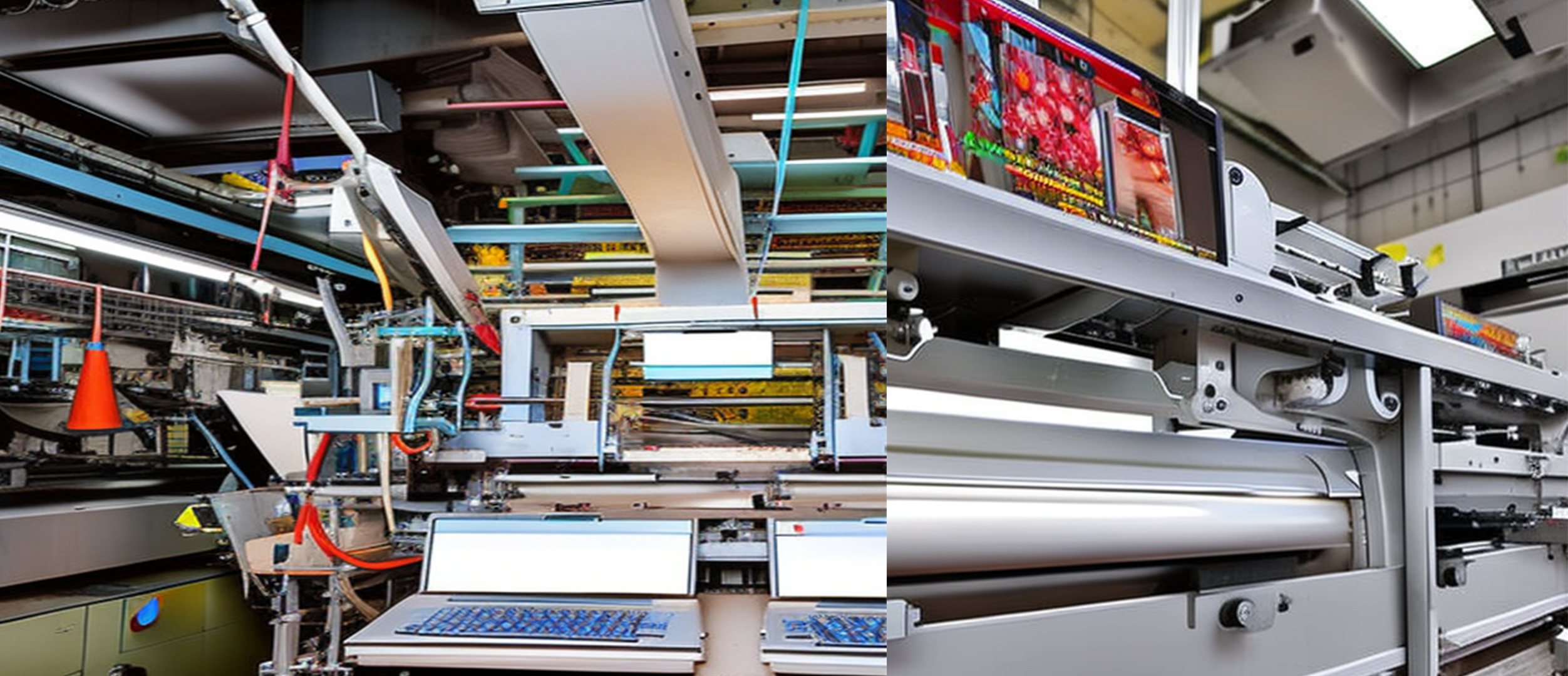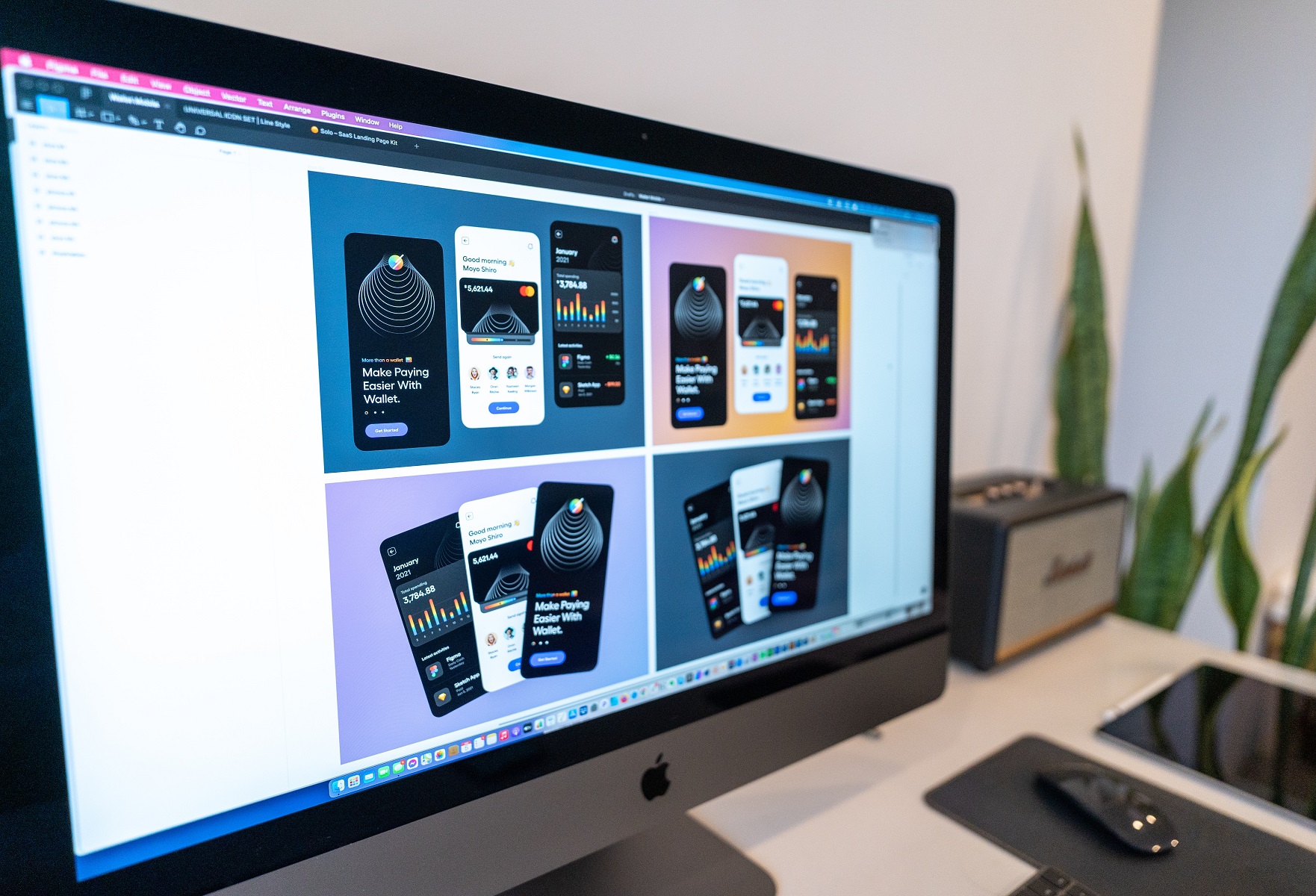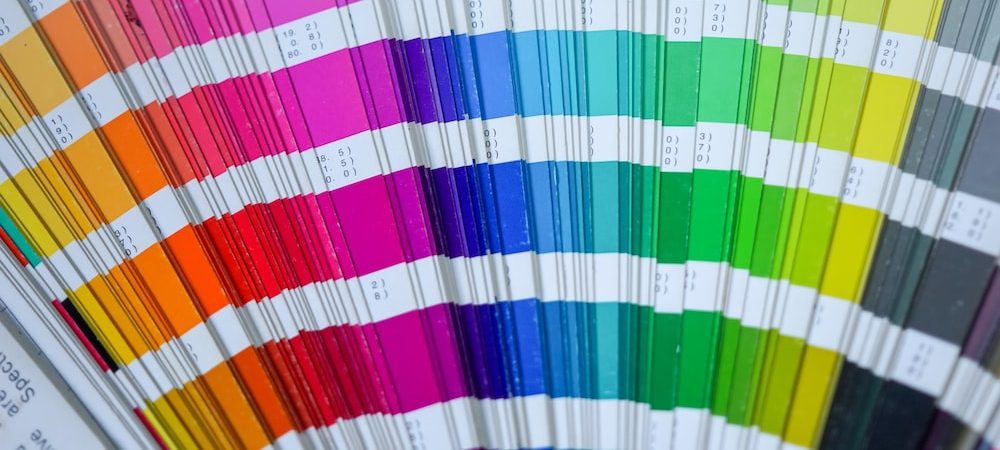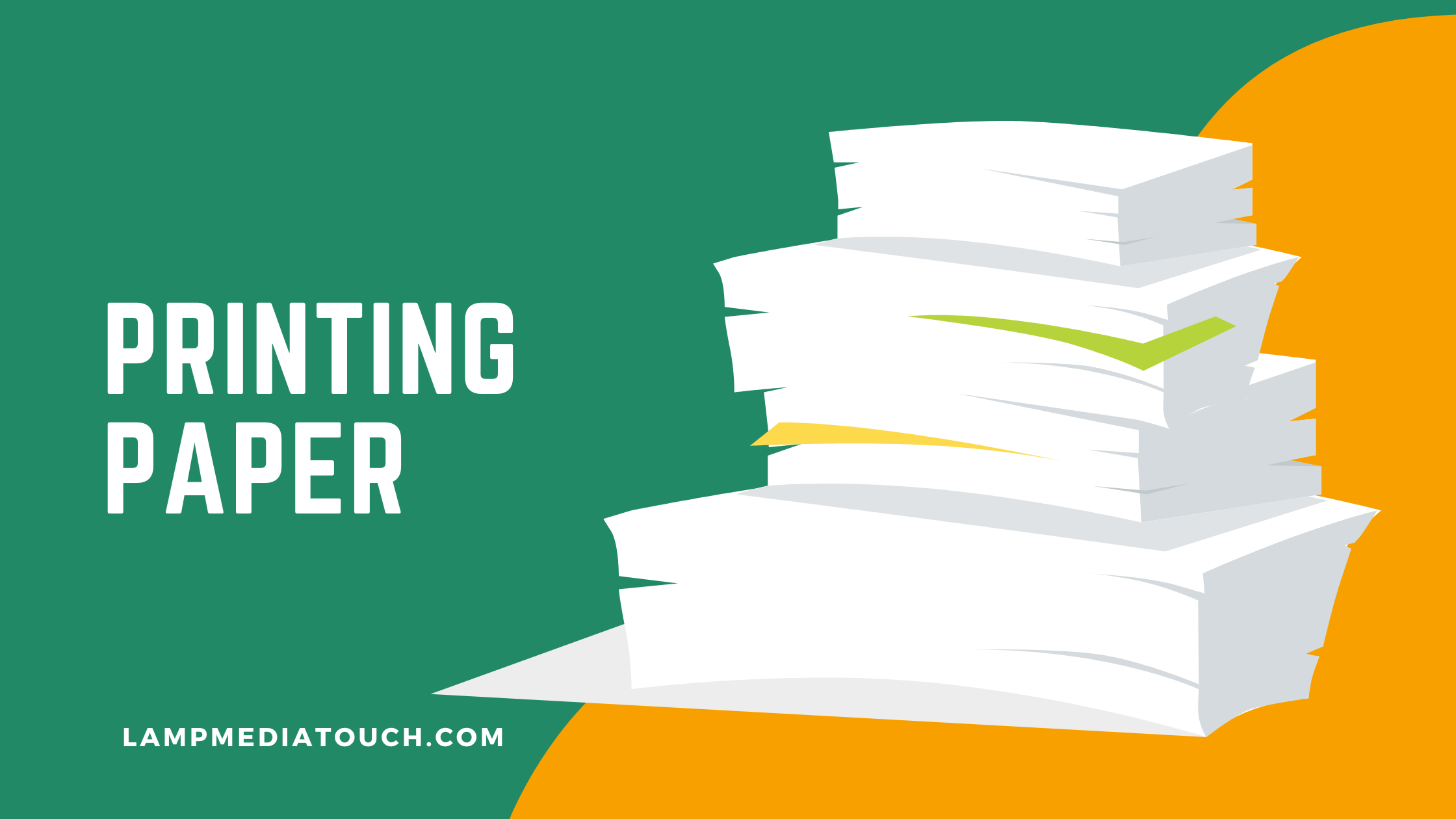As the popularity of digital printing continues to grow, more people are looking to master this method of producing high-quality prints. Whether you are a professional photographer or a hobbyist, having the skills to use digital printing can help you take your work to the next level. In this article, we will provide an illustrated tutorial on digital printing, from the basics of what digital printing is and its advantages, to the equipment needed and different types of digital printing. We will also provide some tips and troubleshooting advice to help you become a digital printing master.
Introduction to Digital Printing
Digital printing is a modern method of printing that uses digital technology to produce high-quality prints. It is used to print photos, brochures, posters, and other printed materials. This is becoming increasingly popular as an alternative to traditional printing methods such as lithography and offset printing.
Advantages of Digital Printing
Digital printing offers a number of advantages over traditional printing methods. It is faster, more cost-effective, and produces high-quality prints with more accurate colors and details. Digital printing also eliminates the need for plates and chemicals used in traditional printing methods, which makes it more environmentally friendly.
The speed of digital printing is a major advantage. Digital printing produces prints in a fraction of the time that traditional methods take. This means that you can get your prints faster and have them ready to be used more quickly.
The cost of digital printing is also much lower than traditional printing methods. Digital printing requires fewer materials and less labor, so you can save money on your printing costs.
Digital printing also offers more accuracy and detail than traditional methods. The digital files used in digital printing are of higher quality than traditional printing plates, so you can be sure that your prints will be more accurate and look better.
What is Digital Printing?
Digital printing is a process that uses digital technology to produce prints. Instead of using printing plates, digital printing uses digital files such as PDFs and JPEGs to produce prints. The digital files are sent directly to the printing press and then printed onto the final product, such as paper or fabric.
Digital printing is a relatively new technology and is quickly becoming the preferred choice of many professional and amateur photographers, designers, and printers. It offers a number of advantages over traditional printing methods, such as faster production times, lower costs, and the ability to produce high-quality prints with more accurate colors and details.

The Digital Printing Process
The digital printing process begins with the selection of the material to be printed. The material can be paper, fabric, or any other type of material that can be printed on. Once the material is selected, the digital file is prepared for printing. This involves converting the digital file into a format that is compatible with the printer.
The prepared digital file is then sent to the printing press. The printing press uses a combination of inks, toners, and other materials to create the desired print on the material. The material is then cut, folded, and finished to create the final product.
Equipment Needed for Digital Printing
To produce high-quality prints using digital printing, you will need some specific equipment. The most important piece of equipment is a digital printer. Digital printers come in a variety of sizes and types, so you will need to choose one that suits your needs.
You will also need a computer to prepare the digital files for printing. You can use a desktop or laptop computer, but a laptop is preferable since it is more portable and easier to transport.
Other pieces of equipment you may need include a cutting machine, a folding machine, and a finishing machine. These machines are used to cut, fold, and finish the material after it has been printed.
Common Types of Digital Printing
There are several types of digital printing, each with its own unique advantages and disadvantages. The most common types of digital printing are inkjet printing and laser printing.

Inkjet (Digital Printing)
Inkjet printing is a popular method of digital printing that uses droplets of ink to produce prints. Inkjet printers are affordable and versatile and can be used to print on a variety of materials including paper, canvas, and fabric. Inkjet printing is ideal for producing high-quality prints with accurate colors and details.
Laser (Digital Printing)
Laser printing, on the other hand, uses a laser beam to produce prints. Laser printers are fast and efficient, and can produce prints at a much faster rate than inkjet printers. Laser printing is ideal for printing large volumes of text or graphics.
Tips for Successful Digital Printing
If you want to produce high-quality prints using digital printing, there are several tips you should follow.
First, it is important to use high-quality digital files. The quality of the digital file will directly impact the quality of the final print. Be sure to use high-resolution images and files that are properly formatted for printing.
Second, it is important to use high-quality printing materials. Choose materials that are compatible with your printer and are appropriate for the type of print you want to produce.
Discover the Right Printing Paper for Your Next Project
Third, be sure to calibrate your printer regularly. Calibrating your printer will ensure that it is producing prints with accurate colors and details.
Finally, it is important to troubleshoot any issues that arise during the printing process. If you encounter issues such as streaks or smudges on your prints, be sure to troubleshoot the problem to identify the cause and find a solution.
Conclusion
Digital printing is a powerful tool for producing high-quality prints with accurate colors and details. Whether you are a professional photographer or a hobbyist, mastering the art of digital printing can help you take your work to the next level. By following the tips and techniques outlined in this article, you can become a digital printing master and produce prints that are sure to impress. So go ahead and give it a try, and discover the power of digital printing for yourself!
Looking for high-quality graphic design and digital printing services? Look no further than Lampmediatouch. Our team of professionals is here to handle your printing project from start to finish, ensuring that they brought every aspect of your vision to life with the utmost care and attention to detail. With cutting-edge equipment and a commitment to excellence, we are your one-stop-shop for all your printing needs. Contact us today to learn more about how we can help bring your ideas to life with stunning visual impact.





